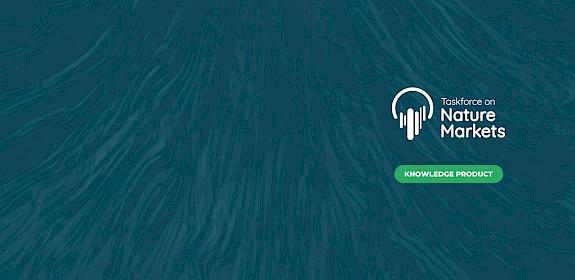- »
- báo cáo »
- Reports »
- Le commerce illegal et la vente d’espèces CITES en Belgique : ivoire d’éléphant et autres spécimens
Published 30 May 2007
Top of the cops: ivory number 1 in Belgian CITES seizures
Cambridge, UK, 30 May 2007—Elephant ivory is the most commonly seized CITES-listed wildlife product in Belgium, a new report by TRAFFIC has found.
Le commerce illegal et la vente d’espèces CITES en Belgique : ivoire d’éléphant et autres spécimens
Report author(s):
A. Knapp, A. Affre
Publication date:
May 2007
key findings
The report, Le commerce illegal et la vente d’espèces CITES en Belgique : ivoire d’éléphant et autres spécimens (“Illegal trade and the sale of CITES-listed specimens in Belgium: elephant ivory and other specimens”), analysed data on 1,500 seizures made by law enforcement officers in Belgium between 1984 and 2006, involving around 50,000 wildlife specimens. Approximately 12,000 (24%) were ivory, making it the most commonly seized product.
The seizure records were analysed using information from databases set up and maintained by TRAFFIC: EU-TWIX, which holds data on EU seizures of CITES-listed wildlife products, and ETIS, a global tracking system for the illegal trade in elephant products.
The analysis revealed the CITES-listed species most frequently seized, the commonly used commercial trade routes, the methods of transport and concealment used, the types of offence committed, how offences are detected, and the nationality of those involved in illegal activities.
We hope this report will help Belgian law enforcement authorities improve the focus of their enforcement efforts
Amelie Knapp, of TRAFFIC Europe and author of the report
A total of 56 shops and markets in Brussels, Antwerp and Ghent were also visited during the study and around 350 ivory objects found on sale—more than 80% of them in Brussels. Most shopkeepers reported their ivory—mainly in the form of jewellery and statuettes—was antique, making it exempt from CITES regulations. A few objects made from hippopotamus and mammoth ivory, narwhal tusks, horn or bone were also on sale, as were significant numbers of reptiles, such as Nile Crocodile Crocodylus niloticus and African Savanna Monitor Varanus exanthematicus.
The study was commissioned by the Belgian Government’s Federal Public Service - Health, Food Chain Safety and Environment.
1,500
seizures involving around 50,000 wildlife specimens
12,000
Roughly one in four of the items seized were ivory
350
ivory objects found on sale—more than 80% of them in Brussels
for more information:
Media Team
+44 7542 229210





